Why can't you beat the coffee powder? The skill of hand-brewing coffee slapping flat coffee powder layer
After the coffee powder is poured into the filter cup, subconsciously pick up the filter cup and shake it and pat it to smooth the coffee powder. Do you have the same habit?
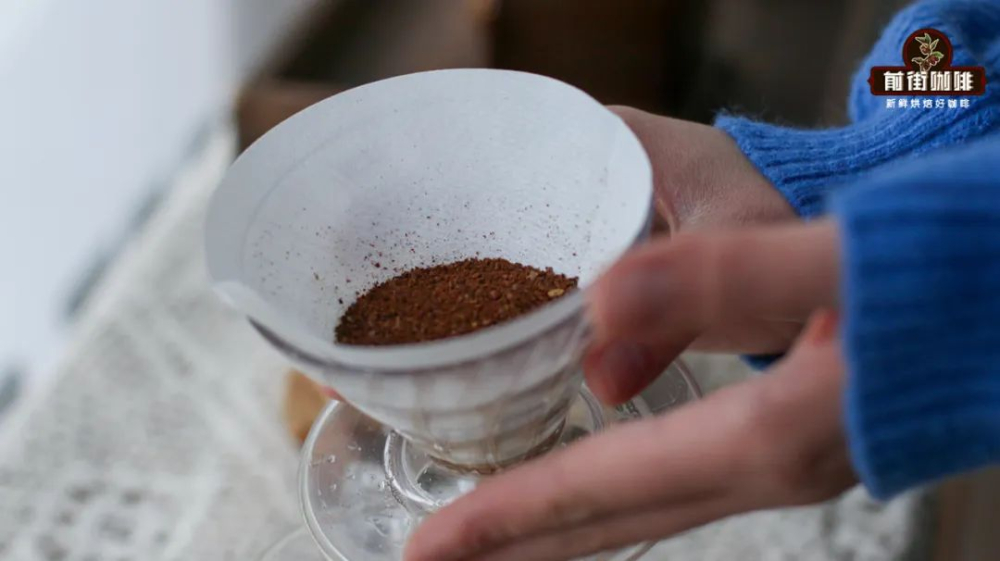
We know very well that if the coffee powder layer is uneven, it is difficult to make the coffee powder absorb water evenly, which is easy to cause uneven extraction. By slapping the filter cup or shaking the filter cup, the surface of the coffee powder layer in the filter cup tends to be flat. However, slapping the filter cup will also have an adverse effect. For example, we often say that "slapping the filter cup more times will cause the originally fluffy coffee powder layer to become solid", which will affect the steaming exhaust.
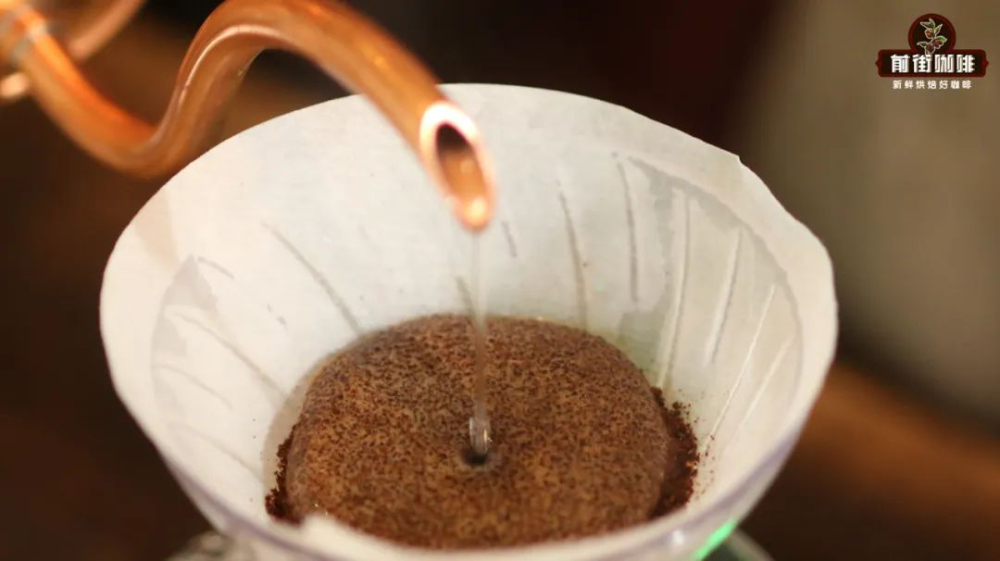
In fact, the situation is a little more complicated than that. The structure of normal ground coffee powder is that the fine powder with smaller particle value will be attached to the coarse powder with larger particle value, and the gap between the coarse powder will be mixed with fine powder. After shaking or slapping the filter cup, under the influence of vibration and gravity, the fine powder can easily fall from the gap to the bottom, so the surface layer is still fluffy, and the bottom is a powder layer rammed by many fine coffee powder. You can take a look at the following two sets of comparative pictures. The first group is the comparison between the coffee powder just poured into the filter cup and the surface of the powder layer after beating the filter cup several times. You can clearly see the staggered distribution of coarse powder and fine powder on the surface of the coffee powder layer in the picture on the left, while the coarse powder on the surface of the coffee powder layer on the right has distinct particles. If you look at these two pictures alone, it is easy to mistakenly think that the coffee powder in the right picture is thicker than the one on the left. Next, let's take a look at the second group of comparative pictures, which are the performance of the coffee powder in the two cases after tilting. It can be seen that the fine powder after slapping the filter cup will deposit at the bottom and form a piece. What effect does this have on brewing? you might as well take a look at the steaming state of these two situations:
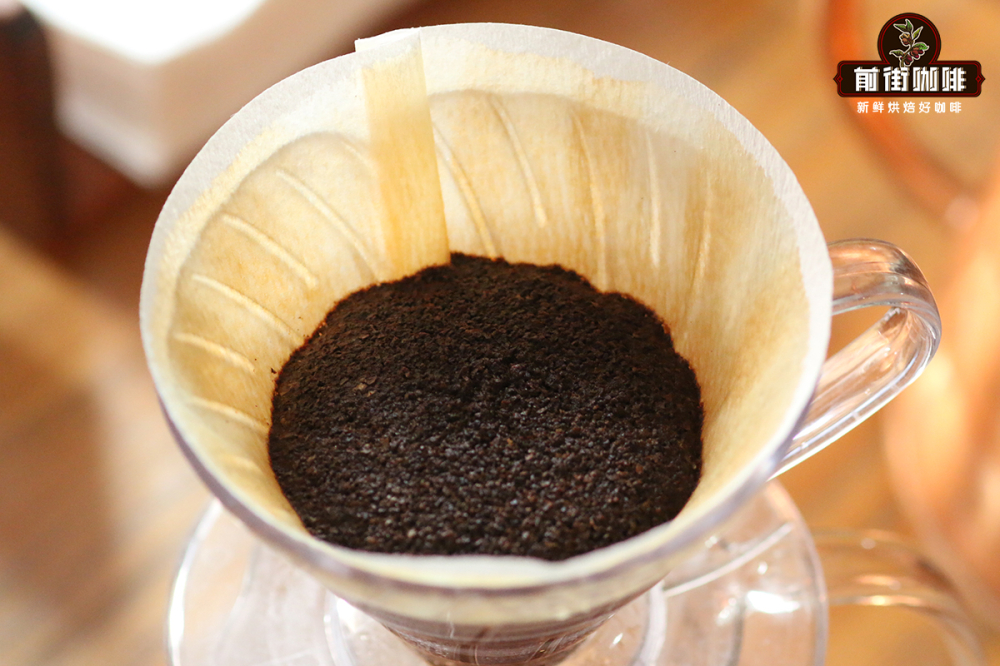
It can be clearly seen that the coffee powder layer without tapping the filter cup is very uniform when steaming and absorbing water. On the other hand, in the coffee powder layer of brewing the filter cup, the water will overflow from the surface to the edge because it is difficult for the water to pass through the fine powder layer at the bottom after water injection. In the follow-up brewing, the coffee powder after slapping the filter cup is more prone to slow launching and stagnant water.
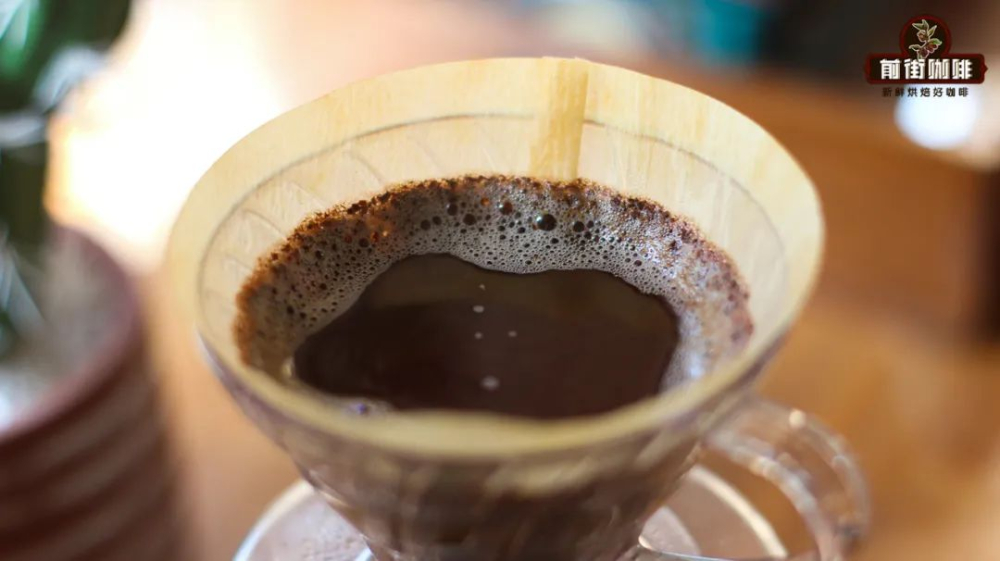
Instead of allowing the coffee powder to be flattened later, it is better to master the appropriate flour feeding skills. Before adding powder, make sure that your powder cup has the phenomenon of electrostatic powder sticking. if so, you can stir the coffee powder with a spoon to eliminate static electricity. In the powder, you can first aim at the center point, slowly pour out the coffee powder, so that it is not easy to appear extremely uneven phenomenon. If the coffee powder layer is not very smooth, but there is no extreme deviation to one side, then it can be brewed directly without slapping, which does not affect brewing. If the powder is in the shape of a hill, it can be relatively flat by shaking the filter cup slightly. Note that you only need to shake it, and more shaking times will separate the fine powder from the coarse powder.
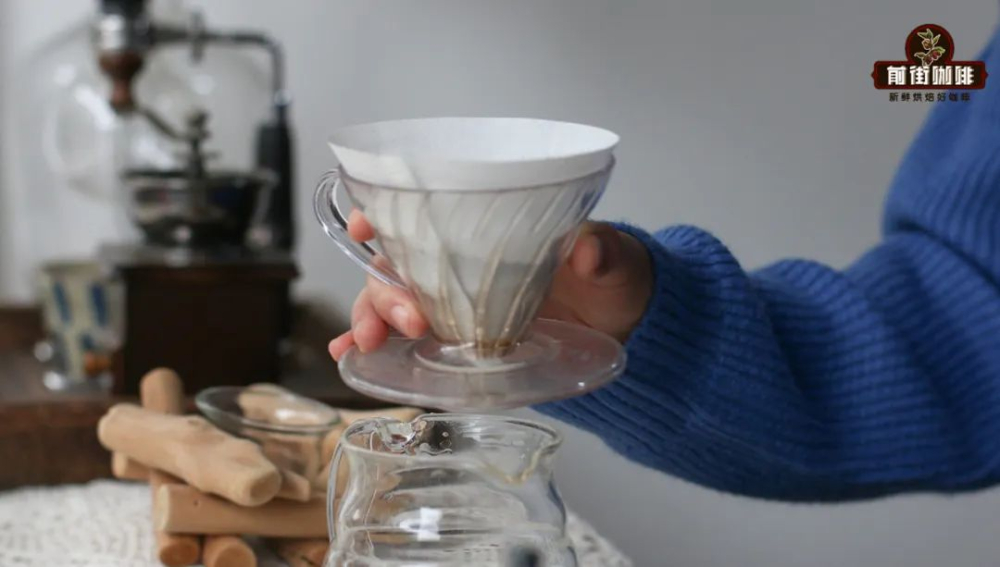
If the powdering technique is not good, and the coffee powder is tilted to one side after casting, do not pat it frequently. Just slap the low side of the coffee powder with moderate strength (you need to try this several times to know how strong it is). If you are skilled, you can flatten the powder layer without affecting the density structure of the powder layer. On the contrary, gently tapping the filter cup for many times is more prone to the phenomenon of fine powder sinking.
Important Notice :
前街咖啡 FrontStreet Coffee has moved to new addredd:
FrontStreet Coffee Address: 315,Donghua East Road,GuangZhou
Tel:020 38364473
- Prev

What's the difference between soe and mixed beans? what does soe coffee mean? single beans?
The competition in coffee shops is fierce and can be reflected in the menu. In the past, if you wanted to go to a coffee shop to order a cup of coffee, you would at most wonder whether to drink latte or cabbage. Now just drinking a latte can make a combination of No. 1 coffee beans, No. 2 coffee beans and milk, oatmeal milk and coconut milk. Usually at first, I just want to order.
- Next

What are the skills for brewing 30g coffee with a large amount of powder? how to make a good cup of coffee for 4 people?
Recently, a friend came to ask Qianjie, "I am used to making coffee for one person, but I suddenly try to make coffee for two on a whim, but the taste is different from the usual." So I came to ask how to make this coffee for two in Qianjie. For most brewers, the amount of powder is a relatively fixed parameter. Ratio
Related
- Beginners will see the "Coffee pull flower" guide!
- What is the difference between ice blog purified milk and ordinary milk coffee?
- Why is the Philippines the largest producer of crops in Liberia?
- For coffee extraction, should the fine powder be retained?
- How does extracted espresso fill pressed powder? How much strength does it take to press the powder?
- How to make jasmine cold extract coffee? Is the jasmine + latte good?
- Will this little toy really make the coffee taste better? How does Lily Drip affect coffee extraction?
- Will the action of slapping the filter cup also affect coffee extraction?
- What's the difference between powder-to-water ratio and powder-to-liquid ratio?
- What is the Ethiopian local species? What does it have to do with Heirloom native species?

